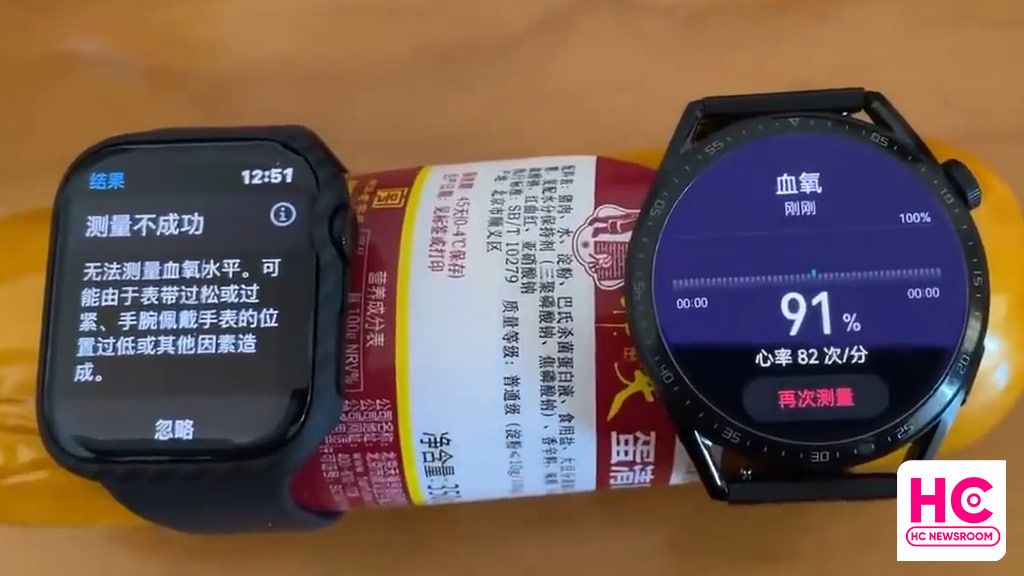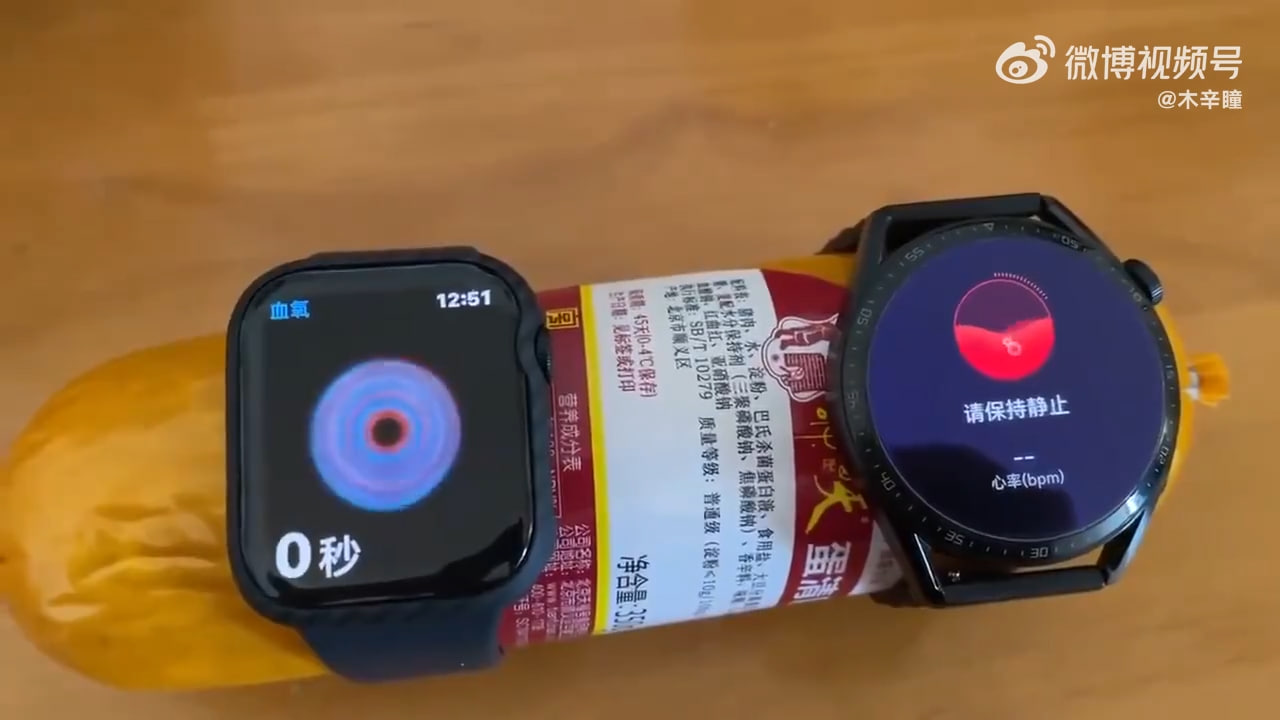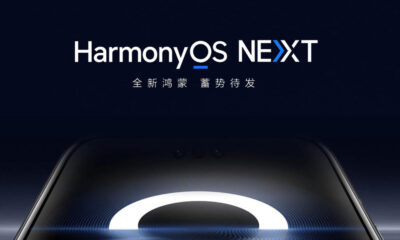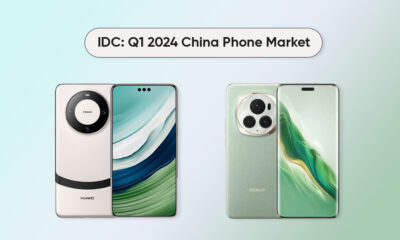Wearables
Huawei Watch bug enables blood oxygen measurement of non-human objects

Huawei smartwatches are one of the best in the smart wearable market but a bug recently reported on Weibo, enabled Huawei Watch to measure the blood oxygen of non-human objects.
A Weibo blogger has done a number of experiments on the Huawei Watch GT and found that it is measuring blood oxygen levels on non-human objects such as sausages, paper towels, dolls, and more. This experiment led a massive attention on the Chinese micro blogging platform.
Afterward, Huawei Watch users tried to repeat the scenario and were successful.
What is Blood oxygen measurement:
Huawei is the first company to bring Blood oxygen measurement AKA SpO2 feature to smartwatches and smart band devices. The feature helps users to measure the blood oxygen levels in their blood cells and show up the results directly on the smartwatch.
Huawei watch measuring ham sausage (bug) pic.twitter.com/CY4aJK1iuX
— Deng Li (@MrDengLi) January 5, 2023
How?
The SpO2 and most of the health monitoring feature on the smartwatch relies on inbuilt light sensors to spot blood vessels under the skin.
If you try to measure the SpO2 of an object that matches the least similar condition to the skin of the Human body, the watch may show a result. Notably, the result will be for reference only and won’t be accurate.
Editor’s pick – How to measure blood oxygen levels (SpO2) on Huawei Watch 3 and Watch 3 Pro

What are the terms to use blood oxygen measurement feature?
- It is suggested to measure SpO2 after three to five minutes of wearing the smartwatch.
- The watch should be tight on the wrist.
- There should be no object between the skin and the smartwatch
- Low ambient temperatures, arm movement, or tattoos could affect the process
- These results are reference only and not for medical purposes.
- You can’t use the watch during the measurement
My take:
I’ve tried to measure the smartwatch on a bottle, leather and rubberized bottle with a perfect fit but it refused to do so.
What Huawei is doing:
Huawei noticed the issue and responded that smartwatches and other wearables rely on optical sensors to measure blood oxygen. The feature may have misjudged the human body and provided the result. But the company will improve the feature for better accuracy.
If it is fixed, Huawei may rollout the improvements via OTA update packages and we’ll keep you posted on the matter.






